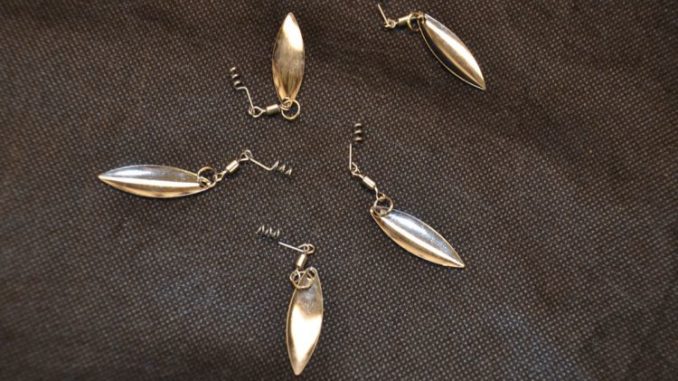
Lots of anglers can claim tournament wins, but few can claim a lure invention.
Keith Poche can.
“When I was a teenager, we did all kinds of things with baits,” he grinned. “One day, I was playing around in a pond and I took a spinner from a broken Beetle Spin and shoved it into the back end of a worm. It worked.
“As I got more knowledgeable about fishing, I attached the blade and a swivel to a Hitchhiker screw-in. I didn’t know then that it would become such a big part of my arsenal as a professional fisherman.”
“In the 2012 Bassmaster Classic, almost every fish I weighed in came from that bait. They hadn’t ever seen it before. I was still hand-making every one.
“I was already being sponsored by Tony Landry, owner of Humdinger Spinners, so it was simple to negotiate a deal for him to manufacture and distribute them for me.”
Poche called the lure “a condition bait,” an ideal lure for use in 5 feet of water or less. “Any time bass are up on the bank in spring, summer and fall, they will eat this bait. It is particularly good in the pre-spawn.”
It is also versatile, working in any water but muddy water. He estimated that he uses the KP Power Spinner in its various options 35 percent of the time when he fishes.
Poche regularly carries four colors of Colorado blades (blue, green, gold and silver) when he fishes, as well as silver and gold willow leaf blades. He carries two sizes of blades, No. 1 and No. 3.
He offered a few tips: During the shad spawn or when bass are schooling, he uses willow leaf blades. He likes gold or blue Colorado blades in the spring, when bass are getting ready to bed. Finally, in gin-clear water and grass beds, he opts for small No. 1 willow leaf blades.